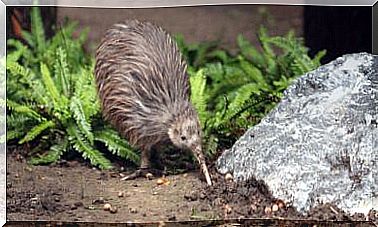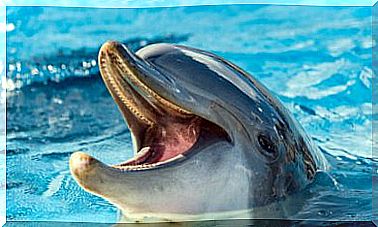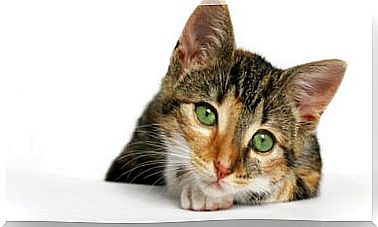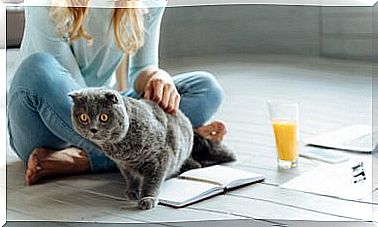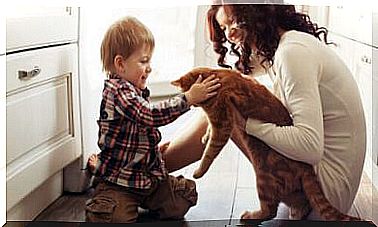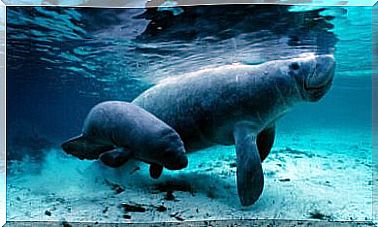Ratites: Great Running Birds

Ratites are a group of large, mostly flightless birds. There are more than 50 species, some of them now extinct, predominantly in the southern hemisphere.Among them are the ostrich, emu, cassowaries, rheas, kiwis or tinamus.
The name “ratite” means without a keel, which is the part of the sternum that, in other birds, serves as an anchor for the flight muscles. For this reason they do not use their wings, which causes their feathers to atrophy and they cannot, for the most part, fly. Consequently, they develop the lower appendages (the legs).
The ratites, large birds that instead of flying, run
Ostriches, perhaps the most recognized ratites
Ostriches are about two meters tall and weigh about 150 kilos. They are considered the largest living birds. A large member of this species can reach up to three meters, and can even face a lion.
They are great runners, unable to fly due to atrophied wing feathers. Their wings are small and that is why they are known as alones. Although these limbs do not allow them to fly, they help them to propel themselves, balance when running and as a defense mechanism.
They have bare necks, long, robust legs, and two-toed feet with strong nails. The male is black, except for the tail and wings, which are white.
Their longevity in nature is between 30 and 40 years, but in captivity they can reach up to fifty.
The rhea, the South American ratite
An ostrich-like bird, the rhea, which lives in the pampas of South America, originated in the new world. It differs from its African cousin in its smaller size and in that its legs have three toes.
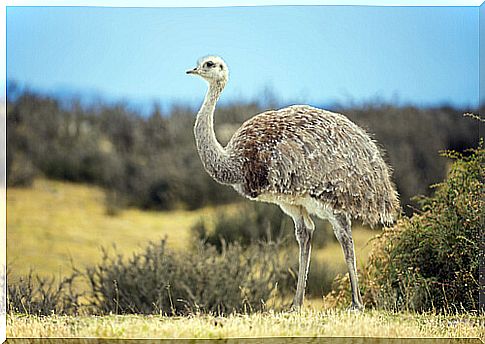
It is a very sociable bird that mixes with deer and guanacos. It generally feeds on vegetables, but does not disdain reptiles and small mammals in case of need. Its population has greatly diminished due to the fact that its meat is edible and its plumage very beautiful, which makes it the object of abusive hunting.
Representative of the ratites of Oceania: the emu
It is considered the second largest ratite in the world, reaching 1.8 meters in height. Like the rhea, it has three toes on its legs.
They tend to move slowly, although in case of danger they can run up to 75 kilometers per hour. They usually form small groups, except in the breeding season, when they form pairs.
They live in most of the Australian continent, in deserts, steppes and forests. But they are not found in the dense jungle of the northeast, where it has been supplanted by cassowaries.
They are omnivorous birds that eat insects and seeds. They were very common, but during the colonization of Oceania their populations were decimated, since the European man considered them an agricultural pest. Even today they invade the cultivated fields and meadows, as well as the troughs that hardly serve to satiate the cattle. This motivates senseless killings to break out.
The last of these great birds fond of running
The cassowary, which lives in Australia and on the island of New Guinea, has three subspecies. It is perhaps the smallest of the ratites mentioned, but the most vigorous and aggressive. On the inner toe of each leg it has a long and sharp spur with which it attacks the opponent while snorting like an owl.

It has a bony protrusion on its head that protects it from brush against brush when it runs through the jungle. Its legs are shorter than those of the emu, and so is its neck, covered with purplish fur and adorned with caruncles.
Not all ratites are large birds
The smallest ratites in the world are the five species of kiwi that inhabit New Zealand. They are about the size of a hen.

One of its most striking characteristics is that it lays eggs that are very large in relation to the size of its body. A kiwi egg can equal 15 to 20 percent of the body mass of the female who has laid it.


